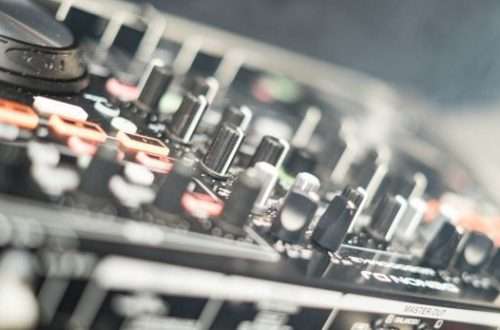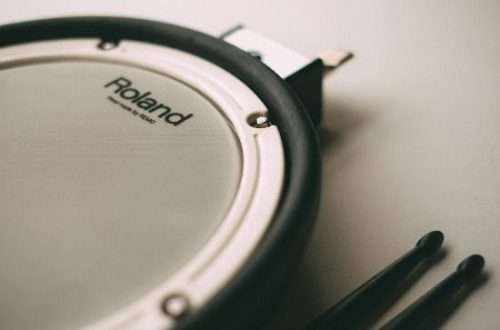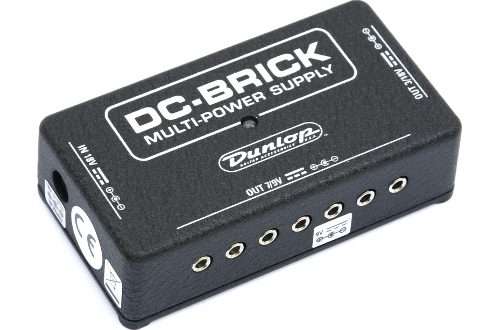
First things first: piano, keyboard or synthesizer?
When choosing an instrument, be sure to familiarize yourself with the basic types of keyboards – this will avoid wasting time reading the specifications of machines that do not necessarily meet your needs. Among the instruments in which the playing technique consists of hitting the keys, the most popular are: pianos and pianos, organs, keyboards and synthesizers. Although at first glance it is difficult to distinguish, for example, a keyboard from a synthesizer, and both of these instruments are often referred to as “electronic organs”, each of these names corresponds to a different instrument, with a different use, sound and requiring a different playing technique. For our needs, we divide keyboards into two groups: acoustic and electronic. The first group includes, among others piano and organ (as well as harpsichord, celesta and many others), to the second group, among others synthesizers and keyboards, and electronic versions of acoustic instruments.
How to choose?
It is worth asking what kind of music we are going to play, in what place and under what circumstances. None of these factors should be ignored, because although, for example, most modern electronic instruments allow you to play the piano, playing piano music is not the most pleasant one, and a good performance of a serious piece, e.g. on a keyboard, is often impossible. On the other hand, putting an acoustic piano in an apartment in a block of flats can be risky – the volume of the sound in such an instrument is so high that the neighbors will be forced to listen to our exercises and recitals, especially when we want to play a piece with great expression .
Keyboard, piano or synthesizer?
Keyboards are electronic instruments with an automatic accompaniment system. It is based on the fact that the keyboard automatically “makes the background to the melody”, playing the percussion and harmonic – that is the parts of the accompanying instruments. Keyboards are also equipped with a set of sounds, thanks to which they can imitate the sounds of acoustic instruments (e.g. guitars or trumpets), and synthetic colors that we know, for example, from contemporary pop or the music of Jean Michel Jarr. Thanks to these features, it is possible to play a song alone that would normally require the involvement of the entire band.

Playing the keyboard is relatively simple and involves performing a melody with your right hand and selecting the harmonic function with your left (although a piano mode is also possible). When buying a keyboard, it is worth paying extra for a model equipped with a dynamic keyboard, thanks to which you can obtain the strength of the impact and allow you to control the dynamics and articulation (in simple terms: volume and the way the sound is produced, e.g. legata, staccato) of each sound separately. However, even a keyboard with a dynamic keyboard is still far from replacing a piano, although a good instrument of this type, for an unheard of layman, may seem equally perfect in this respect. It is obvious to any pianist, however, that the keyboard cannot replace the piano, although a keyboard with a dynamic keyboard can be used in the initial stages of learning.
Syntezatory equipped with a keyboard, they are often confused with keyboards, but unlike them, they do not have to have any auto-accompaniment system, although some may be equipped with various “self-playing” layouts, such as an arpegiator, sequencer, or a “performance” mode operating similarly like auto accompaniment. The main feature of the synthesizer, however, is the ability to create unique sounds, which gives virtually unlimited arrangement possibilities. There are many types of these instruments. The most popular – digital, they can usually imitate various acoustic, other, analog or so-called instruments. “Virtual analog”, they do not have such a possibility or they can do it in their own original, unrealistic way.

Synthesizers are best for people who want to create modern music from scratch. The construction of synthesizers is very diverse and apart from very universal machines, we also find synthesizers with specialized features. Many models are available with 76 and even full 88-key semi-weighted, full-weighted, and hammer-type keyboards. The weighted and hammer keyboards provide much greater comfort of playing and, to a greater or lesser extent, imitate the sensations that accompany playing on the piano keyboard, which enables faster, more efficient playing and significantly facilitates the transition to a real piano or grand piano.
It should be emphasized that none of the above instruments is electronic organs.
Electronic bodies are an instrument specially designed to imitate the sound and technique of playing acoustic organs, which produce their own specific sound through the flow of air and have several manuals (keyboards) including a foot manual. However, like synthesizers, some electronic organs (e.g. the Hammond organ) are prized for their own unique sound, despite the fact that they were originally intended to be only a cheaper substitute for an acoustic organ.

Classic pianos and grand pianosare acoustic instruments. Their keyboards are connected to the mechanism of hammers hitting the strings. Over the centuries, this mechanism has been repeatedly perfected, as a result, a functional hammer keyboard provides a great comfort of playing, gives the player a sense of cooperation of the instrument and helps in performing music. An acoustic piano or upright piano also has a wealth of expression, which results from the huge dynamics of the sound, and the possibility of influencing the timbre and obtaining interesting sound effects by subtle changes in the way the keys are struck (articulation) or the use of two or three pedals. However, acoustic pianos also have major disadvantages: apart from weight and size, they require periodic tuning and tuning after transport, and their volume (volume) can be a nuisance for our neighbors if we live in a block of flats.
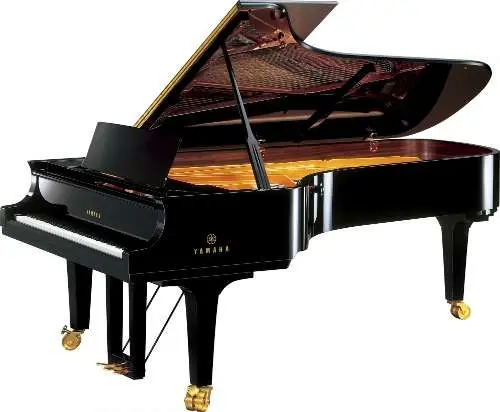
The solution may be their digital counterparts, equipped with hammer keyboards. These instruments take up little space, allow volume control and do not need to be tuned, and some are so perfect that they are even used for training by virtuosos – but only if they do not have access to a good acoustic instrument. Acoustic instruments are still unmatched, at least when it comes to the specific effects that can be achieved with them. Unfortunately, even an acoustic piano is uneven for an acoustic piano and having such an instrument does not guarantee that it will produce a deep and pleasant sound.
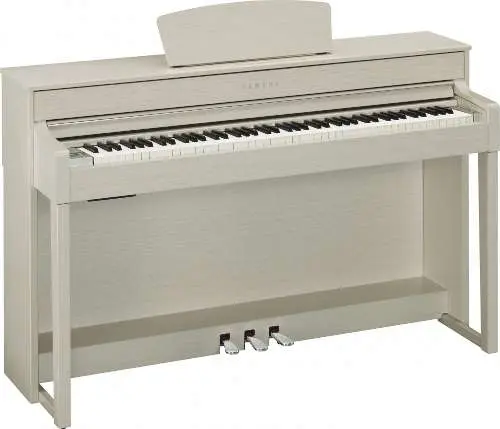
Summation
Keyboard is an instrument that is perfect for independent performance of light music, ranging from pop or rock, through various genres of club and dance music, ending with jazz. The technique of playing the keyboard is relatively simple (for a keyboard instrument). Keyboards are among the most affordable instruments, and those with a dynamic keyboard are also suitable for taking your first steps in a real piano or organ game.
A synthesizer is an instrument whose main purpose is to deliver unique sounds. Its purchase should be considered by people who want to create original electronic music or want to enrich the sound of their band. In addition to very universal instruments that can also be a good substitute for a piano, we find machines that are very specialized and focused only on the synthetic sound.
Pianos and pianos are the best choice for people who are very serious about the performance of music intended for this instrument, especially classical music. However, children and learners should also take their first musical steps while getting used to professional instruments.
However, they are very loud, quite expensive, and need tuning. An alternative may be their digital counterparts, which reflect the basic features of these instruments quite well, do not require tuning, are handy, allow volume control, and many models are reasonably priced.
Comments
Playing technique is a relative concept and perhaps it should not be used when comparing a keyboard instrument with a synthesizer – why? Well, the difference between the two keys does not relate to the playing technique, but to the functions that the instrument performs. For the sake of simplicity: The keyboard includes an auto-accompaniment system that accompanies us with the right-hand-melody, and a set of sounds imitating instruments. Thanks to this (Note! An important feature of the discussed instrument) we can play one piece that normally requires the involvement of the entire ensemble.
The synthesizer differs from the above-mentioned predecessor in that we can create unique sounds, and thus create music from scratch. Yes, there are synthesizers that have a semi-weighted or fully weighted keyboard and a hammer, so you can get, for example, legato staccato, etc., like on an acoustic piano. And only at this point, mentioning the Italian names of the staccato type – that is, tearing off your fingers, is the TECHNICAL GAME.
Paweł-Keyboard Department
Is the same technique played on the synthesizer as on the keyboard?
Janusz



